
Space
Month in Space: Star Factories and Aquanauts
Astronauts train underwater, the sun lines up for "Manhattanhenge," star-formation in the Orion and more of the month's best space pictures.
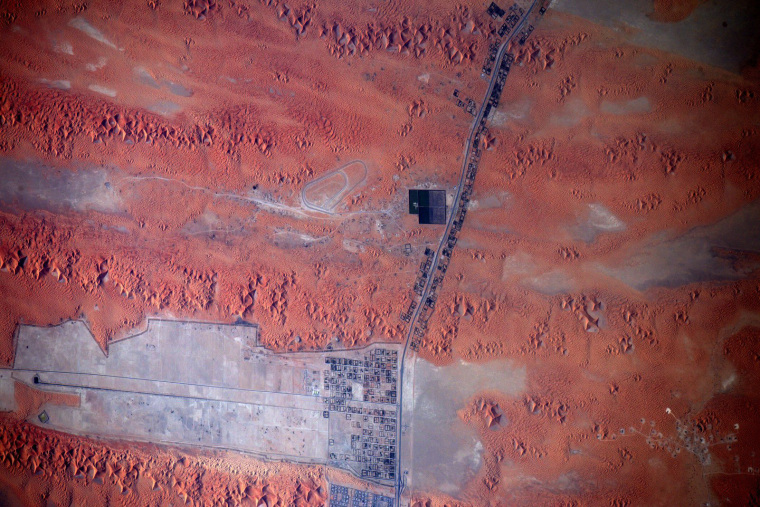
NASA astronaut Jeff Williams captured this image from the International Space Station on July 25 of man-made structures in the dunes of the Saudi peninsula along the border road between Oman and the United Arab Emirates. The cupola, a seven-windowed dome on the space station, offers panoramic views of Earth.

The Soyuz MS-01 spacecraft is rolled out by train to the launch pad at the Baikonur Cosmodrome in Kazakhstan on July 4, ahead of its launch to carry NASA astronaut Kate Rubins, cosmonaut Anatoly Ivanishin and Japanese astronaut Takuya Onishi to the International Space Station.

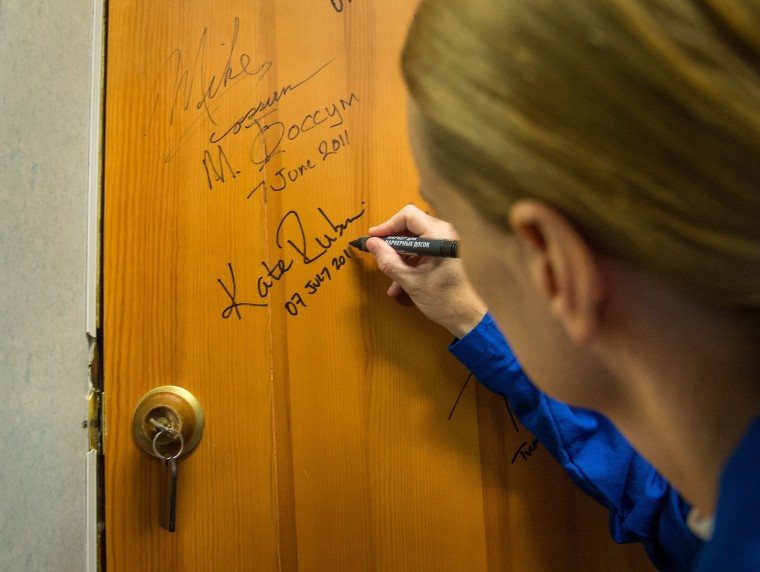
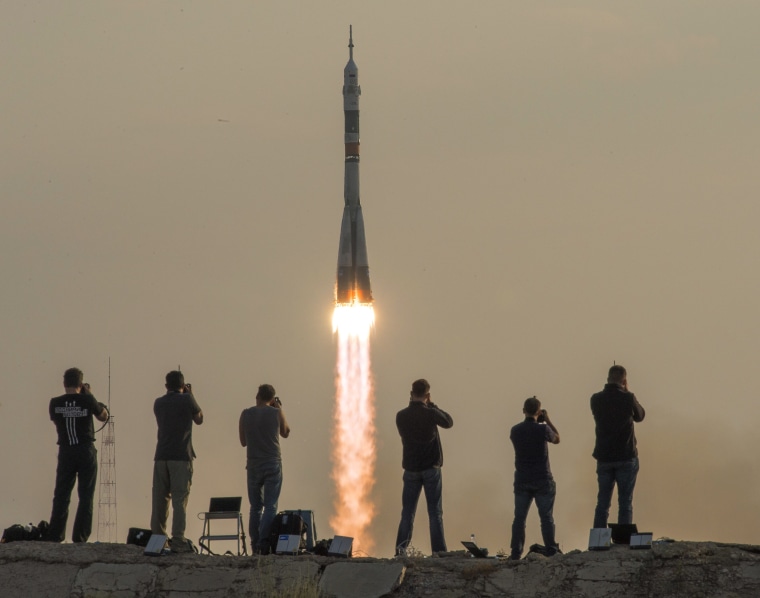
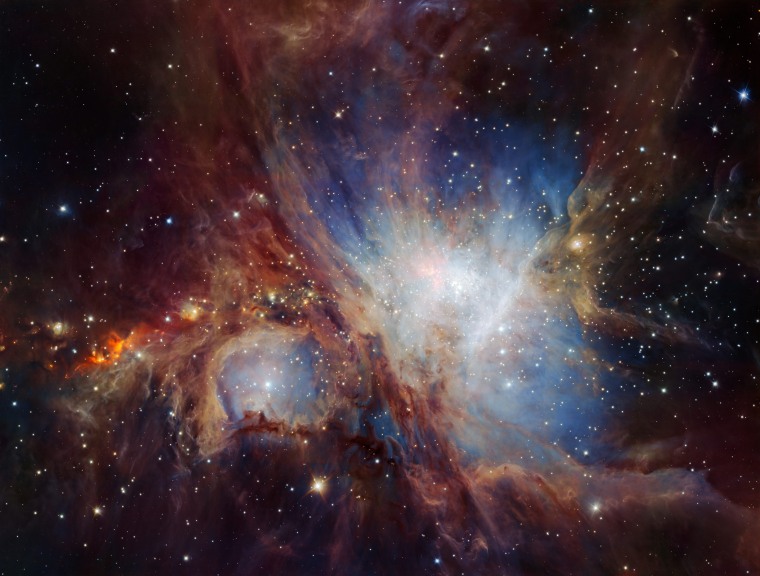
The deepest view ever of the Orion Nebula star-formation region reveals more very faint planetary-mass objects than expected. Made available by the European Southern Observatory on July 12, this image was obtained from multiple exposures using the HAWK-I infrared camera on ESO's Very Large Telescope in Chile.
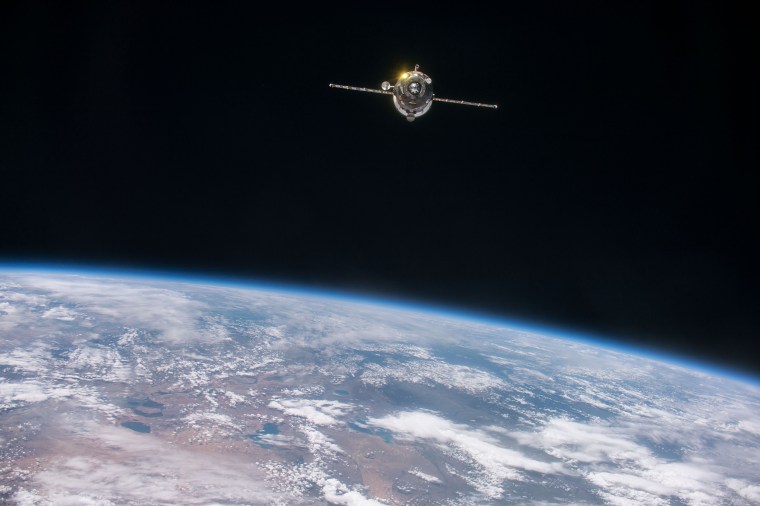
The undocked Russian Progress 62 spacecraft backs away from the International Space Station for a test of the upgraded tele-robotically operated rendezvous system on July 1. The Progress resupply vehicle is an automated, unpiloted version of the Soyuz spacecraft that is used to bring supplies and fuel to the International Space Station.
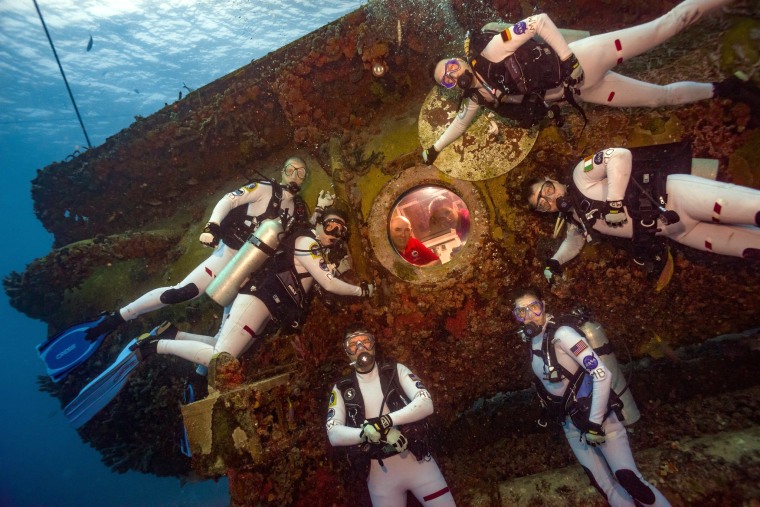
The NASA Extreme Environment Mission Operations (NEEMO) 21 mission began on July 21 as an international crew of aquanauts splashed down to the undersea Aquarius Reef Base, located 62 feet below the surface of the Atlantic Ocean in the Florida Keys National Marine Sanctuary. The NEEMO 21 crew will perform research both inside and outside the habitat during a 16-day simulated space mission. During simulated spacewalks carried out underwater, they will evaluate tools and mission operation techniques that could be used in future space missions, including journeys to Mars.
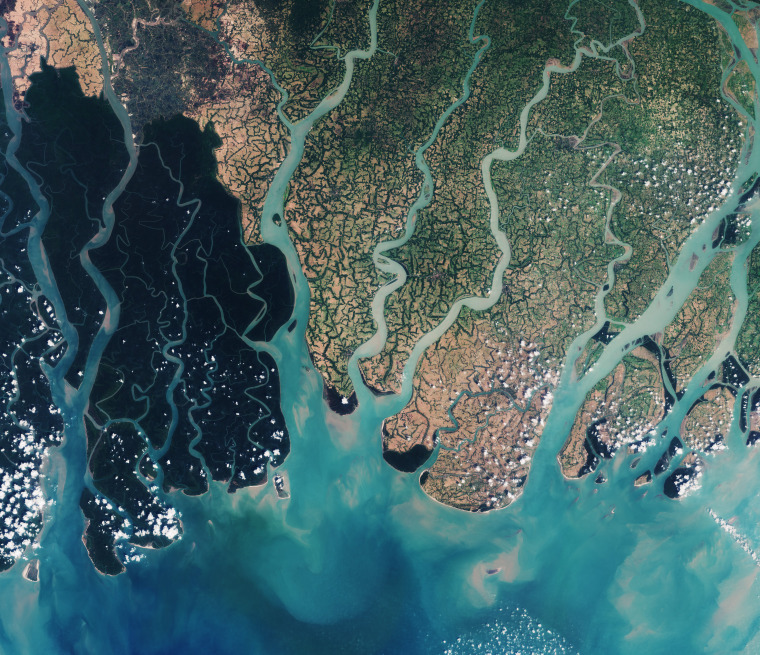
A European Space Agency Sentinel-2A satellite captured this view of the Sundarbans in Bangladesh, released on July 15. A region comprising southern Bangladesh and a small part of the Indian state of west Bengal, the whole area of the Sundarbans incorporates some 6,000 square miles, consisting of mangrove and swamp forests.
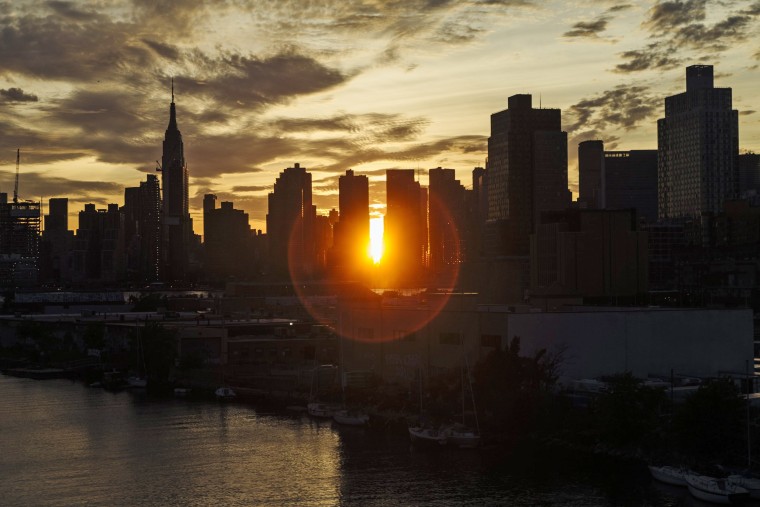
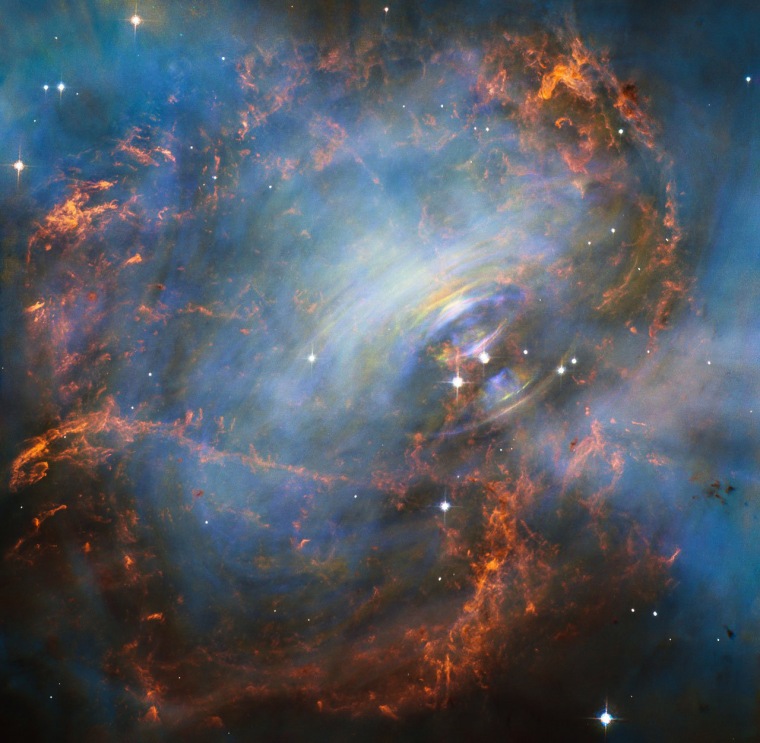
While many other images of the famous Crab Nebula nebula have focused on the filaments in the outer part of the nebula, this image released July 8 shows the very heart of the Crab Nebula, including the central neutron star--it is the rightmost of the two bright stars near the center of this image. The rapid motion of the material nearest to the central star is revealed by the subtle rainbow of colors in this time-lapse image, the rainbow effect being due to the movement of material over the time between one image and another.
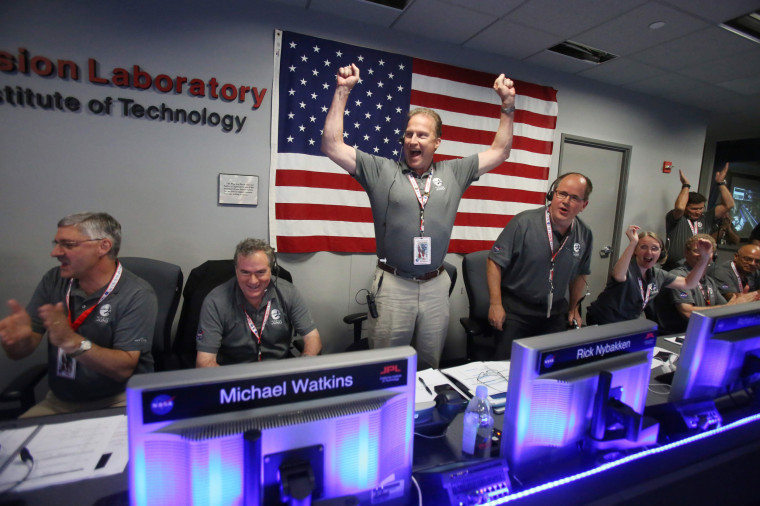
Juno Project Manager Rick Nybakken celebrates as the solar-powered Juno spacecraft goes into orbit around Jupiter at NASA's Jet Propulsion Laboratory in Pasadena, California on July 4.
NASA's robotic Juno probe began circling the solar system's largest planet, ending a nearly five-year journey through deep space and becoming the first spacecraft to enter Jupiter orbit since NASA's Galileo mission did so in 1995. The mission's goals include mapping the planet's gravitational and magnetic fields and characterizing its composition and interior structure.
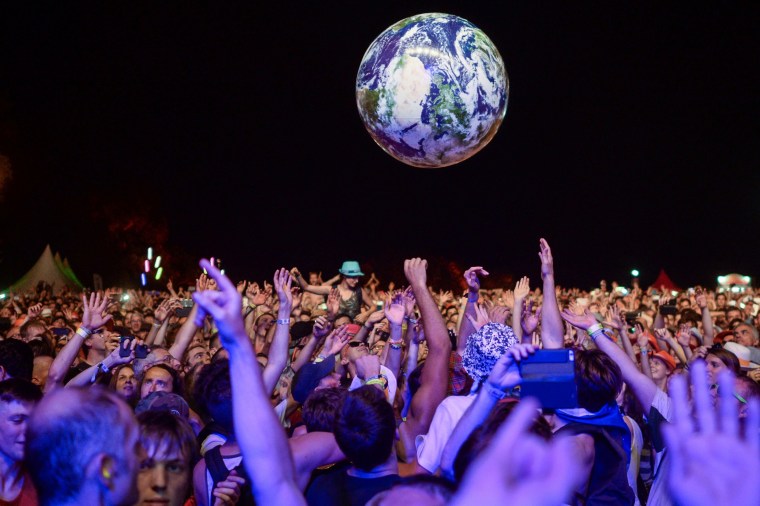
People play with an Earth balloon during the 28th Eurockeennes music festival on July 1 in Belfort, France.
Month in Space:June 2016